ALCHEMY
In medieval folklore there was a story about the magic ability to turn lead into gold. Over the next 25 years and more we have the opportunity to do the same thing… by capitalizing on the fastest growing population segments, the Baby Boomer and senior citizen consumers.
Attracting The Ages
According to data from the American Floral Endowment’s Consumer Tracking Study compiled by Ipsos-Insight, consumers aged 45-plus already account for about 63 percent of all floral dollar purchases and purchase occasions. Garden center consumers are even older, with almost 70 percent of their sales generated by consumers 45 and older. It’s interesting to note that the consumers aged 55 and older generate a disproportionate share of the purchase occasions, demonstrating that their average transaction value is a bit lower than their younger counterparts.
The growth potential of this older population is even more astounding, as shown in Figure 1, right, from MapInfo and American Demographics (numbers shown in millions). A few key insights from Figure 1:
- After many years of relatively low population growth, what we’ll experience shows a significant increase in the total population of 69 million people, an increase of almost 25 percent over the next 25 years.
- The consumers in the 55-plus category will lead this increase, with a growth ranging from 37-110 percent, far outpacing all other age segments
- Consumers aged 55-plus accounted for about 17 percent of the population in 2000. By 2025 they will grow to over 30 percent of the population!
The Future of Senior Citizens
What are the implications of this growth in our senior citizen age group that impact the lawn and garden market? Let’s examine some of the attributes of this group. They are more experienced with gardening than the other age groups, have higher expectations and, just as important, have the money to spend on gardening. And, if they want to enjoy the garden but don’t have the time or inclination to do it themselves, they have the means to have someone do the work for them. Right now, over 62 percent of U.S. households have no children under the age of 19 living in them. This “empty nester” phenomena, with the older adults having finished funding college for their kids and having more disposable income, could become the single largest household type in the near future.
These “gray hairs” look for quality and are willing to pay for it. They are interested in themed projects, integrating all elements into a lifestyle experience, looking at gardening as part of an outdoor living and entertainment theme. And they want their experience to be fun and convenient.
Currently almost 40 percent of floral purchases are made by consumers with household incomes of $75,000 or more, and it’s the older consumers who are at their peak earning potential that make up a major share of this income segment. In the past, older Americans retired earlier, and their disposable income decreased as they aged; but in the future, people will retire later in life, and they will maintain their spending power for a longer period of time. Add to this that demographers state that these new seniors will comprise a greater percentage of college graduates, and studies have shown that better educated consumers spend double the amount on lawn and garden products than those without a college degree, and I think you can see the rosy future before us.
That’s the good news. The challenge in making this potential a reality is a focus on marketing. The aging generation wants to be marketed to, not just advertised to. And they want the marketing messages to include people their own age, not their grandchildren (despite their desire to “stay young”). And retailers also need to market to the Xers and Yers, who eventually will also become senior citizens; but the marketing approaches and purchasing attributes for this younger generation are different and require a different message.
That said, we’ve got tremendous potential to tap into that can readily translate into a major growth curve for our industry driven by the changing consumer demographics. Just maybe that folklore story about alchemy wasn’t a myth after all…




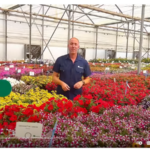

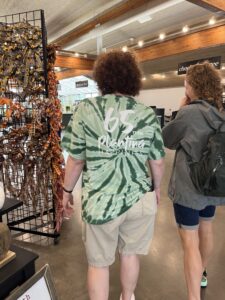
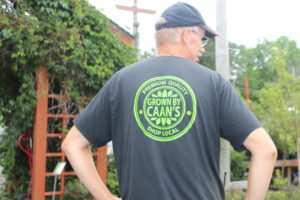
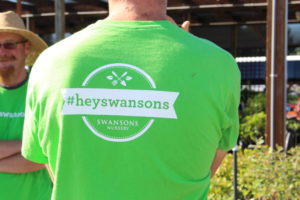
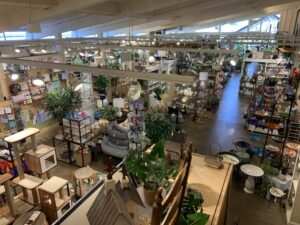

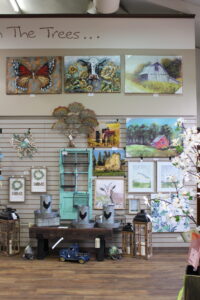
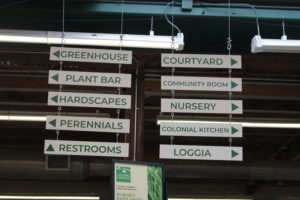
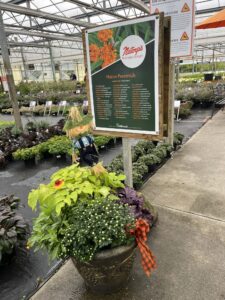




 Videos
Videos





